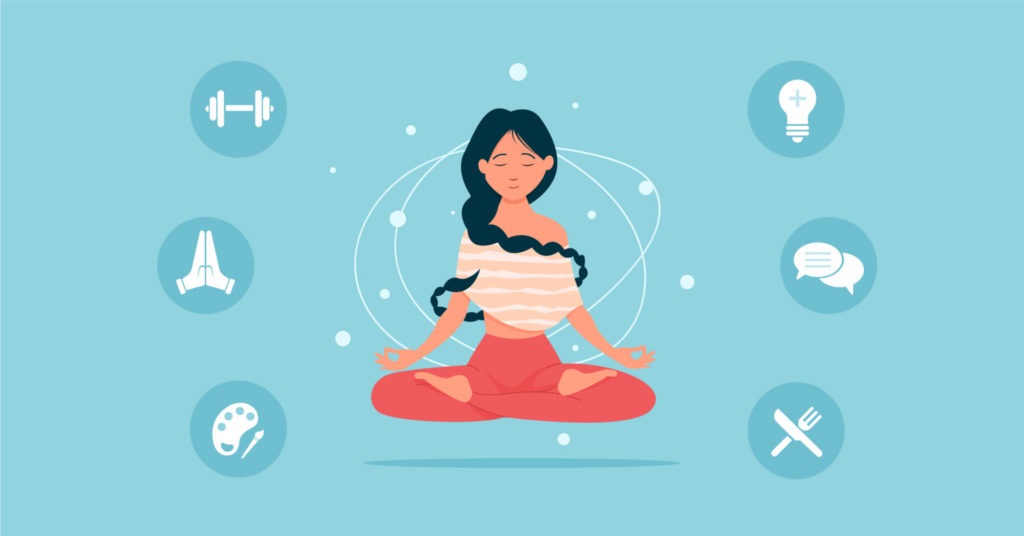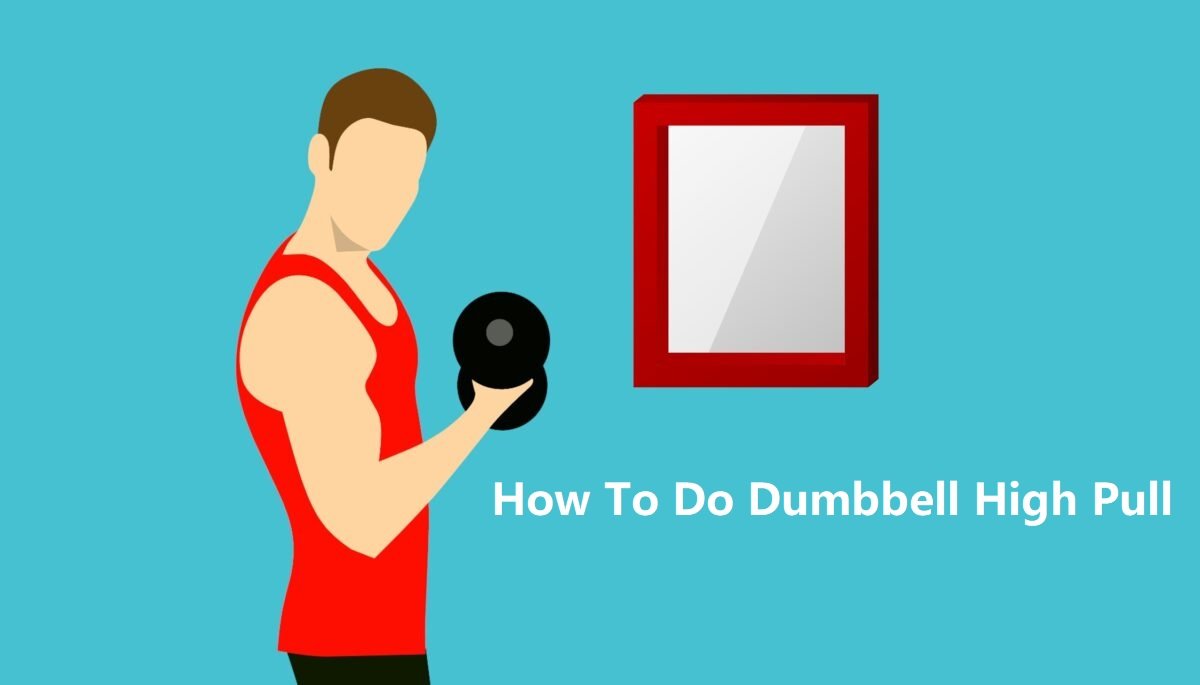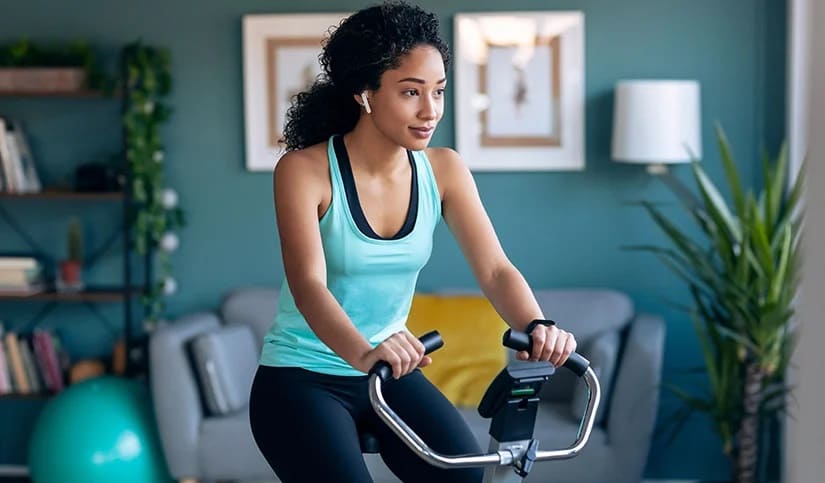
Physical Fitness Activities: Staying physically active is one of the most important things you can do for your health. From reducing disease risk to improving mood, the benefits of exercise and overall physical fitness cannot be overstated. But with so many options for physical activity out there, it can get confusing. What exactly constitutes an exercise that will improve fitness? And what types of fitness activities should you be doing? This comprehensive guide breaks down the main categories and most popular types of physical fitness regimens to help you meet your 2023 goals.
Disclaimer: This article provides general information and discussion about physical fitness types. The content is not intended and should not be construed as medical advice. Please consult a physician for personalized recommendations on exercise safety precautions and all medical questions you may have.
1. Cardiovascular or Aerobic Exercise
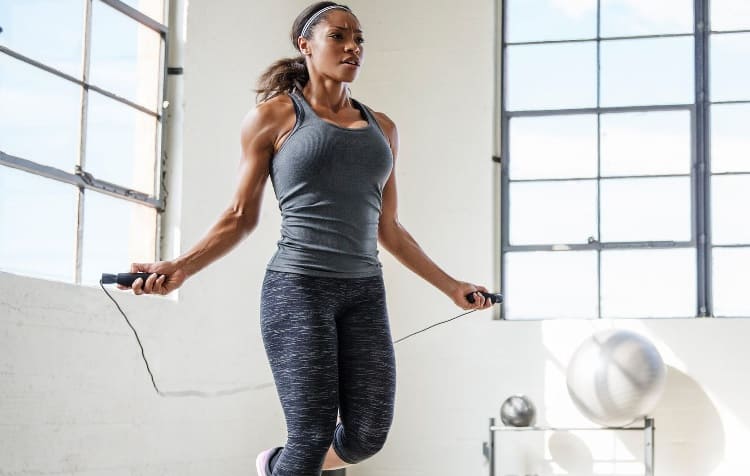
When most people think “exercise”, cardio workouts likely come to mind first. Cardiovascular or aerobic activities refer to any rhythmic, repetitive exercise that gets your heart rate elevated for a sustained period and improves the body’s ability to efficiently deliver oxygen. Regular cardio is linked to a host of health markers from weight and body fat management to reducing risks of chronic illnesses. Recommendations typically advise getting at least 150 minutes of moderate-intensity aerobic activity or 75 minutes of vigorous-intensity cardio per week. Here are some of the top forms:
Running
For many, going out for a jog or run is the simplest way to get their cardio in. It requires little equipment, can be done almost anywhere, and intensity is fully customizable based on factors like speed and distance. Forms like jogging and running are also weight-bearing, providing additional benefits to bone health. Just be mindful of injury prevention by using proper running shoes and building mileage gradually over time.
Cycling
Another popular cardio choice, cycling offers options both outdoors and indoors. Outdoor riders can enjoy sights and sounds in nature while getting an efficient calorie burn through varied terrain. Indoor cycling provides climate control and customization via spin classes and stationary bikes with programmed cardio routes. Cycling is also low-impact while still being weight-bearing on the lower body.
Swimming
Hitting the pool for laps is an extremely efficient calorie-burning cardio workout that also comes with very low injury rates. The body movement involved engages all the major muscle groups as well. The one downside of swimming is that it is non-weight-bearing, providing less direct bone-strengthening benefits. However, it remains an excellent inclusion for most fitness regimens.
2. High-Intensity Interval Training (HIIT)
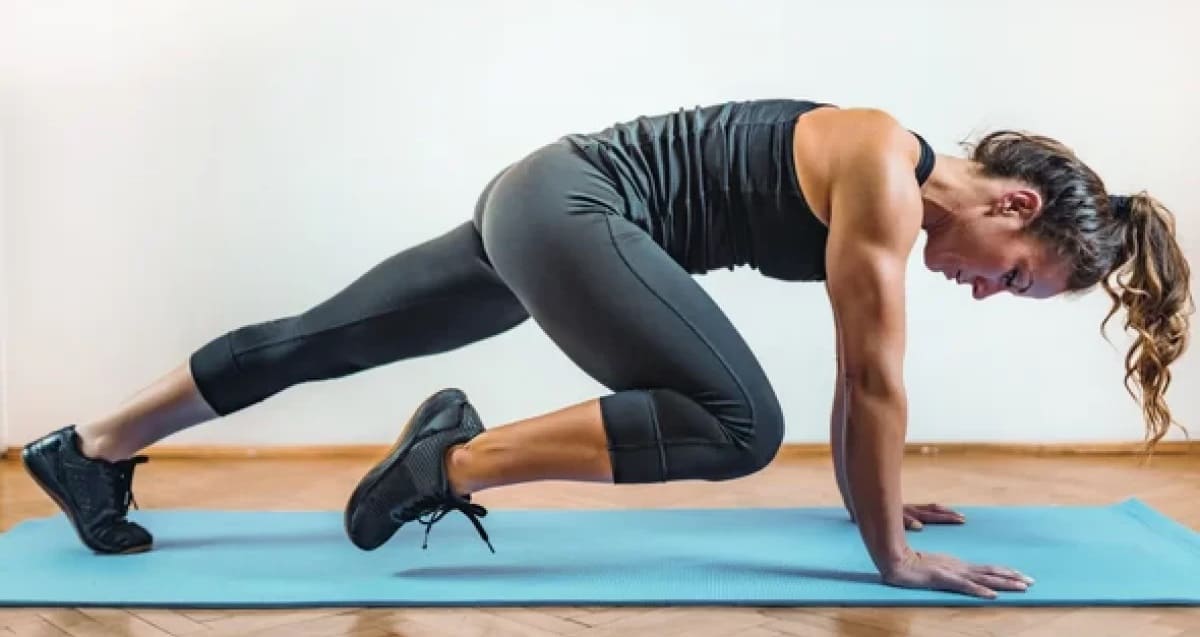
Looking to burn fat fast? HIIT workouts involve short bursts of very high exertion followed by brief rest periods, helping achieve cardio benefits in a time-efficient manner while also boosting metabolism. Options range from boot camp-style classes to using rowing machines, battle ropes, or bodyweight moves alone to spike heart rate. Just be cautious of injury with the intense intervals. Always warm up thoroughly and focus on proper form.
Stair Climbing
You can turn a machine, set of bleachers, or any staircase into an intense cardio workout. Climbing stairs recruits major lower body muscles while seriously spiking heart rate. For variation, try intervals mixing fast bursts up steps with jogging back down for active rest periods. This is another low-impact option that still provides weight-bearing strength benefits.
Dance Inspired Workouts
Last but certainly not least for cardio are the ever-popular dance-inspired programs. Options like Zumba, hip-hop cardio, Latin dance aerobics, and more make exercise feel more like a dance party. The choreographed routines and motivating music trick participants into working out harder while having fun. Just be cautious of moves requiring excessive jumps or pivots that could strain joints for some participants.
Strength Training
In addition to sufficient cardio exercise, adults should also be incorporating muscle-building strength sessions at least two times per week according to guidelines. Strength training provides numerous benefits:
- Building lean muscle mass
- Raising metabolism since muscle burns more calories than fat
- Strengthening bones to help prevent osteoporosis later in life
- Improving physical functioning and injury resilience
When starting, focus on learning proper lifting form over how much weight you push or pull. Progressively increase resistance as your technique, mobility, and strength improve. Be sure to give muscles at least 48 hours of rest between working the same area again. Here are the most common types of strength training:
Bodyweight Training
The most accessible way to start strength training is right in your own home using no equipment beyond your body weight. Pushups, squats, planks, lunges, and hundreds of other moves can be progressed to intensify resistance. Adding elements like elevated feet, single leg/arm variations, tempo changes, and more keep the challenge high as you build strength.
Resistance Bands/Tubes
Another budget-friendly way to commence or further strength training is resistance bands or tubes made of elastic material. These compact pieces of equipment provide a surprising challenge for moves working both the upper and lower body. They’re extremely portable as well. Progress band resistance by shortening length or using multiple together.
Dumbbells
A pair of dumbbells opens immense strength training possibilities through movements like bicep curls, lunges, shoulder presses, and hundreds more. Adjust the weight to find the right challenge level for your current capability. This method is slightly less functional compared to moves like squats using just body weight but allows easier load increases over time.
Barbells
The gold standard for progressive overload strength training, barbells allow the most weight-loading potential. Squats, deadlifts, bench presses, military presses, and power lifts with barbells build immense full-body power and strength. But ensure you have spotters when appropriate and keep safety top of mind with substantial weight involved.
Weight Machines
Very common in gyms, weight machines offer standardized movement patterns for building strength via exercises like leg press, chest fly, lat pulldown, leg extension, and more. These tools allow relatively safe lifting even when fatiguing thanks to their fixed range of motion. Just be cautious of getting too used to machine alignment versus learning to stabilize weights yourself.
Kettlebells
Kettlebells have recently surged in popularity for strength training thanks to providing a middle ground between free weights and bodyweight moves. The off-center weight distribution during ballistic movements like swings forces extra stabilization and torso engagement creating unique challenges. Kettlebell workouts also tend to have high-calorie burns.
3. Flexibility Training

Easing tension, decreasing injury likelihood, and improving freedom of movement are just a few key reasons to incorporate flexibility training too according to health organizations. Muscles that are frequently contracted and overly tight lead to issues with mobility and posture over time. Aim to work all major muscle groups and achieve notable lengthening. Here are the main types of flexibility fitness activities:
Yoga
The continual flows between various yoga poses are perfect for engaging muscles through a wide range of motion to improve flexibility. Styles range from faster-paced versions like power yoga to calmer yin or restorative classes holding poses longer. Over time joints gain greater mobility and discomfort from muscle tightness can be reduced through regular practice.
Pilates
The Pilates method prioritizes building core strength, endurance, and flexibility through precise movements. Instructors coach proper postural alignment and control emphasizing quality over quantity of motions. Over time muscles lengthen while also improving body awareness. Reformer machines add resistance taking benefits up a notch.
Stretching
Sometimes simply holding stretches for key muscle groups for 30-60 seconds is enough to maintain (if not directly build) flexibility. This is the easiest way to incorporate daily or after workouts when muscles are warm. Focus on areas prone to tightness based on your common movements and posture habits in daily life. Calves, hamstrings, chest, neck, and lower back are good places to start.
Foam Rolling
Foam rollers apply pressure to soft tissue areas like connective muscle fascia to assist muscle recovery after challenging workouts. This self-massage also helps address adhesions and scar tissue to indirectly regain flexibility and mobility in common problem areas like the IT bands, calves, or back.
4. Mobility & Balance Training
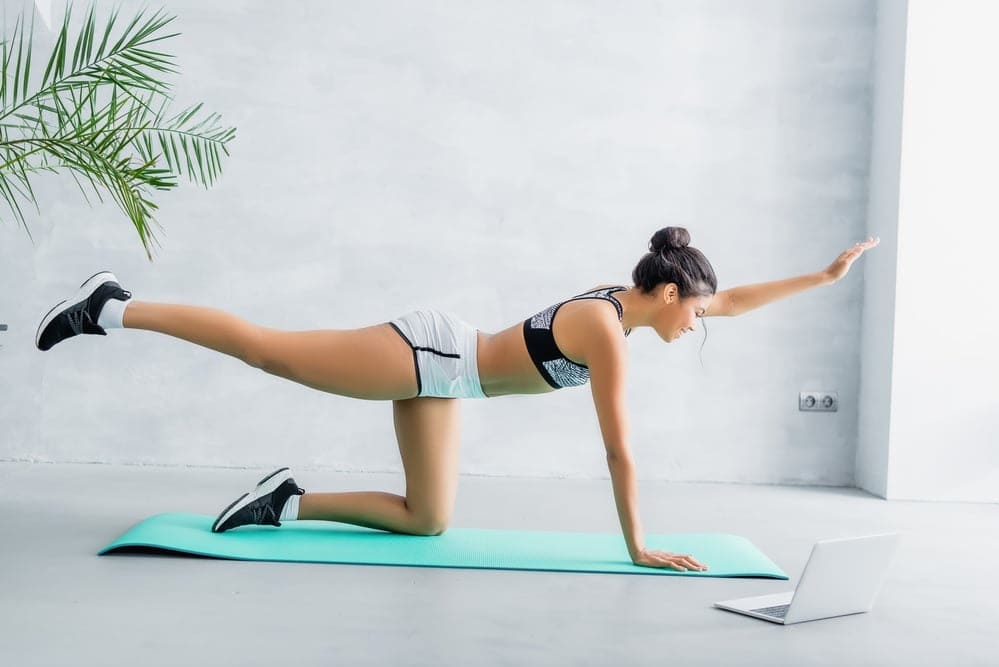
Though not always considered fitness activities outright, dedicating time to mobility and balance work can take your capabilities to new heights. These specialized regimens enhance control and precision of movement to improve performance in other training (not to mention daily life). They also actively help prevent injury over time. Options include:
Dynamic Stretches
Adding fluidity and control to standard flexibility training, dynamic stretches involve moving through a range of motion while activating various muscle groups. Types of dynamic stretches include leg swings, inchworms, spiderman climbs, and more. These prep muscles for more intense activities to come.
Agility Ladders
Agility ladders placed on the floor provide visible cues for developing light and quick footwork through intricate movement patterns. This kind of training improves coordination, balance, and control translating into better mobility and reaction ability, especially key for sports performance.
Bosu Ball
Using an inflated rubber half-dome balance trainer (commonly called a bosu ball) challenges core muscles to work harder. Any exercise performed standing on the dome side forces far greater engagement of stabilizing muscles than doing it on flat ground. This enhances body control.
TRX Suspension Trainers
TRX suspension systems anchor adjustable straps allowing the user to control resistance level based on the angle and position of their body weight. The inherent instability recruits extra core and smaller stabilizer muscles creating a highly functional challenge in improving balance.
Common Fitness Activity Combinations
Now that you have a better grasp of all the types of training modalities that factor into complete physical fitness, it’s time to put them together. Integrating 2-4 modes in each workout ensures you develop overall fitness including endurance, strength, and flexibility over time.
Some of the most efficient combinations include:
- Cardio intervals + Bodyweight training
- Yoga flow + Dumbbell training
- Kettlebell circuit + Dynamic stretching
- Barbell training + foam rolling/mobility work
- Cycling + Pilates reformer
- Swimming + agility ladder drills
Workouts pairing strength moves with cardio spikes maximize calorie burn while building full body capability. Flexibility sessions cool muscles down while increasing mobility. You truly cannot go wrong mixing and matching any of the above fitness types. Now get out there and start training!
FAQs About Types of Physical Fitness Activities
Q: How often should I exercise for physical fitness?
A: Most guidelines recommend getting at least 150 minutes of moderate activity or 75 minutes of vigorous activity per week, plus at least 2 days of strength training for adults. Integrating flexibility and balance sessions 1-3 times weekly provides additional benefits.
Q: What if I have an injury or physical limitation?
A: Consult a physician or physical therapist to provide customized exercise recommendations based on your unique situation. Water workouts, recumbent bikes, and assisted training mods allow almost anyone to achieve activity goals safely.
Q: Do I need a gym membership to get fit?
A: Not at all! Basic bodyweight training, going for outdoor runs or cycles, using resistance bands, practicing yoga flows and more can all be done from home for free. Get creative maximizing what’s available without formal gym access if needed.
Q: Which is better – cardio or strength training?
A: Don’t make it an either/or! Balanced fitness requires developing both cardiovascular endurance and muscular strength for optimal health, function, and body composition according to research. Mixing modalities in each session maximizes overall outcomes.
Conclusion
When it comes to physical fitness, variety truly is key. Incorporating diverse training types including cardiovascular exercise, strength training, flexibility-enhancing activities, and mobility work ensures you become capable, resilient, and healthy for years to come. As the new year kicks off, take inventory of your current regimen. Identifying any gaps where you need to integrate new fitness modalities is the first step toward well-rounded capabilities this year and beyond!
Mustafa Al Mahmud is a passionate medical writer and health enthusiast. He is excited to share his knowledge and make reliable health information more accessible through Quick Medico. Mustafa aims to write about common diseases, medications, wellness topics, and the latest health research in easy-to-understand language. He believes clear and accurate health communication empowers readers to take charge of their well-being. In his free time, Mustafa enjoys hiking, cooking, and spending time with his family.
